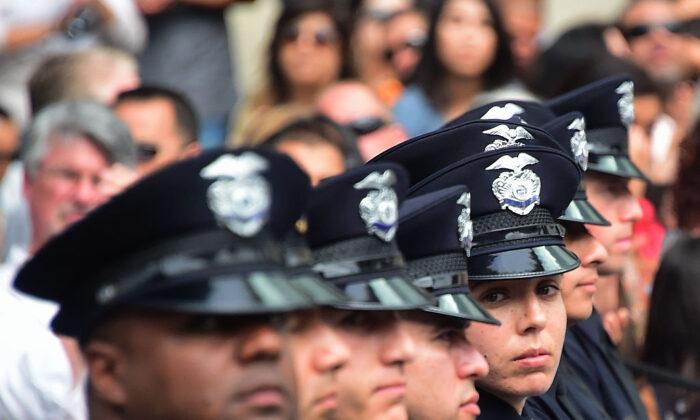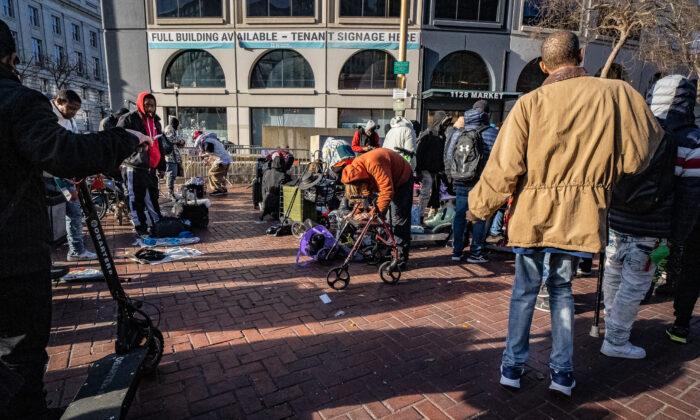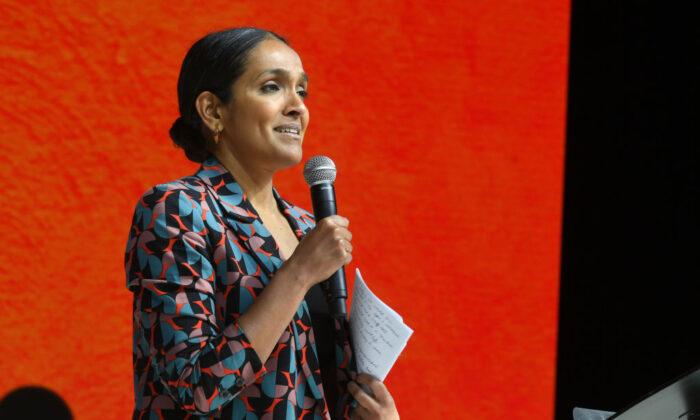A needle exchange program for drug users sanctioned by the Los Angeles County Department of Public Health operating in a handful of Santa Monica’s public spaces has sparked outrage among a coalition of business owners and residents who are calling on the county to move it indoors.
The group claims that rather than curbing drug use, the program has only attracted more transients and drug peddlers, leading to an unsafe environment for the community over the last year.
“This program is attracting addicts to settle in our parks and public spaces and publicly use drugs causing a major safety concern with more needles being discarded in all areas where they are being distributed,” the petition reads.
Instead, the coalition is urging county and city officials to move the program indoors with medical supervision.

Other locations where the program operates include Tongva Park, Palisades Park, and 3rd Street Promenade, according to the group.
“Right now, we’re just really concerned, and our organization is trying to unify the community and regain control and safety in the parks,” co-founder of the coalition and local homeowner, John Alle, told The Epoch Times.
The exchange program is supposed to encourage drug users to trade in unclean needles for new ones. But Alle said members in his group have picked up dozens of used needles left on the ground in the parks and witnessed drug deals occurring between transients on multiple occasions.
“These drug addicts are actually doing the drugs and doing the drug dealing in the children’s playground area,” he said.

Such harm reduction services in Santa Monica are paid for by the county, which contracts the Venice Family Clinic—a local health center with several locations across the Westside of Los Angeles—according to an email, obtained by The Epoch Times, from the county Substance Abuse Prevention and Control Director, Gary Tsai, to Alle.
“The harm reduction services are in Reed Park for no more than one hour once per week, and are offered throughout Santa Monica for no more than three hours per week, so the footprint of these services is very limited,” Tsai said in the March 3 email. “In our experiences with engaging people experiencing homelessness, services in and of themselves do not tend to attract participants to a location, which is why mobile services in sites such as parks are needed to meaningfully engage individuals.”
Tsai did not respond to The Epoch Times’ request for comment by press deadline and declined requests, according to emails The Epoch Times obtained, from the coalition to visit the parks where the needle exchange programs are in place.
Currently, the program includes handing out clean needles, providing STD testing, and providing Narcan to several sites across the county.

As such, it falls under what’s known as the Overdose Education and Naloxone Distribution program, a pilot launched by the county’s health department in 2021 that aims to end opioid overdose deaths in Los Angeles County through educating people on how to use drugs “safely,” as opposed to substance abuse rehabilitation and prevention strategies.
The pilot program provides resources created by the National Harm Reduction Coalition—a New York-based nonprofit formed in 1993 calling for an end to “racialized drug policies” and an “ally for people who use drugs” according to its website—on fentanyl use and overdose prevention tips.
Specifically, there was a substantial increase in fentanyl overdose deaths from 462 in 2019 to 1,149 in 2020, reflecting a rise of nearly 150 percent. Moreover, in 2021, there was a further increase of 31 percent, with the number of fentanyl overdose deaths reaching 1,504.
One of the signers of the petition, Dr. Houman Hemmati, Santa Monica resident and physician, told The Epoch Times that the program should not just be moved indoors, but eradicated altogether.
“I’ve been involved in rehabilitation and I’ve seen firsthand what it takes to take a person who has profound drug abuse, especially overlaid on top of mental illness—which is what the case is for the vast majority of the homeless people living in the parks and beaches and streets in Santa Monica—and what it takes is intensive, daily effort, not needles,” Hemmati said.
“The only thing that the free needles or the needle exchanges achieve is that it may slightly reduce the risk of spreading hepatitis or HIV,” he added.

Tricia Crane, vice chair of the nonprofit Santa Monica Northeast Neighbors—a volunteer-run neighborhood organization—told The Epoch Times in a text message that “parks should be for children to play in.”
“Our city council should stand up to the county and put this ‘harm reduction’ indoors,” she wrote.
This is not the first attempt to bring attention to the needle program in Santa Monica’s parks.
Last September, Santa Monica’s former mayor, Sue Himmelrich, along with the current city manager and city attorney sent a letter to the Los Angeles County Board of Supervisors calling for the needle exchange program to be moved indoors.
“We understand our limited regulatory authority, however, rather than implement this program in our parks and open spaces, we seek your assistance in immediately moving this program to a service rich environment (preferably indoors) where individuals in need of substance abuse, mental health, and other services can coordinate and work directly with service providers,” the letter read.
The Epoch Times reached out to Santa Monica’s current mayor, Gleam Davis, but did not hear back by press deadline.





